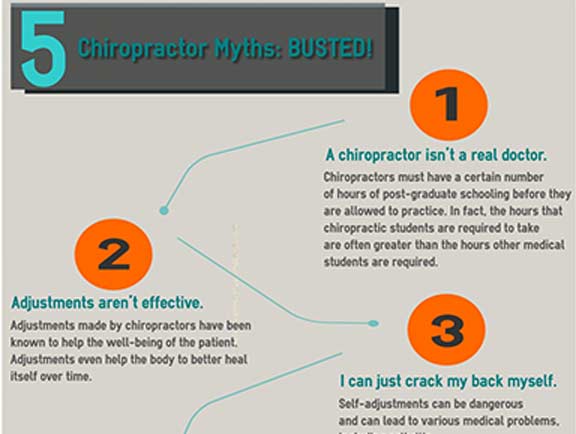A Day In The Life Of A Pain In The Back Sufferer: Tips For Taking Care Of Discomfort At Work
A Day In The Life Of A Pain In The Back Sufferer: Tips For Taking Care Of Discomfort At Work
Blog Article
Created By-Brinch Myrick
Imagine browsing through your day with a consistent pointer of pain sticking around in your back. The battle to find alleviation while managing jobs can be discouraging. Nevertheless, with the appropriate methods in position, managing your neck and back pain at the workplace can be less of a worry. By making simple modifications to your work area and including targeted techniques, you can take control of your pain and enhance your productivity. Remain tuned to uncover sensible suggestions that can make a considerable difference in your daily work routine.
Common Triggers of Neck And Back Pain
When it concerns managing pain in the back at work, recognizing the usual triggers is vital. Poor posture places high amongst these triggers. Resting stooped over at your desk for extended durations can stress your back muscular tissues and lead to pain.
Lifting hefty items inaccurately is another offender. Remember to bend your knees and utilize your legs, not your back, when raising to avoid unnecessary stress.
Absence of motion throughout the day can likewise contribute to pain in the back. Make a mindful effort to take time-outs to stretch and walk, as long term resting can exacerbate pain.
In addition, tension is a substantial trigger for pain in the back. High tension levels can trigger muscular tissue tension, specifically in the back location, leading to pain. It's essential to find healthy and balanced ways to manage stress and anxiety, such as deep breathing exercises or mindfulness strategies.
Last but not least, poor ergonomics in your workspace can also lead to pain in the back. Ensuring your chair, workdesk, and computer system setup are ergonomically friendly can make a considerable distinction in lowering pressure on your back.
Ergonomic Workstation Setup
To create an office that sustains your back wellness and lowers the threat of discomfort, focusing on an ergonomic workstation configuration is vital.
Begin by changing your chair to ensure that your feet are flat on the flooring, knees are at a 90-degree angle, and your lower back is supported by the chair's back support.
Guarantee your computer display goes to eye level to prevent straining your neck and shoulders.
Setting your keyboard and computer mouse near you to prevent reaching and stressing your arms.
Take normal breaks to stand, stretch, and walk to lower tightness and advertise blood circulation.
Take into consideration using a standing workdesk or a desk converter to alternative in between sitting and standing throughout the day.
you could look here in mind to maintain often used items within arm's reach to stay clear of twisting or overreaching.
Energetic Techniques for Pain Alleviation
Trying to find ways to actively soothe pain in the back while at the workplace? Including easy yet efficient strategies can aid alleviate pain and boost your efficiency. Beginning by taking time-outs throughout the day to extend and move.
Mild exercises like shoulder rolls, neck stretches, and standing hamstring stretches can loosen limited muscles and reduce tension. Additionally, exercising great stance is crucial for lowering pain in the back. Sit up straight, readjust your chair to sustain your reduced back, and maintain your feet level on the floor.
Taking part in routine physical activity outside of work can likewise add to pain alleviation. Tasks such as walking, swimming, or yoga exercise can strengthen your back muscles and boost versatility, resulting in far better pain management in the future. Keep in mind to remain hydrated and maintain a healthy and balanced diet plan to sustain general back health and wellness.
In addition, consider using ergonomic tools like lumbar paddings or standing desks to advertise proper positioning and lower pressure on your back. By proactively integrating these strategies into your daily routine, you can proactively handle pain in the back and improve your comfort at the office.
Conclusion
In conclusion, by implementing these proactive strategies at work, you can effectively handle your neck and back pain and improve your general well-being. Bear in mind to produce an ergonomic workstation arrangement, take routine breaks to stretch, engage in mild exercises, and maintain good stance. With these tips, you can reduce the influence of neck and back pain and make your day much more comfortable and efficient. Stay shooting back pain and take care of your back to feel better at the office.
